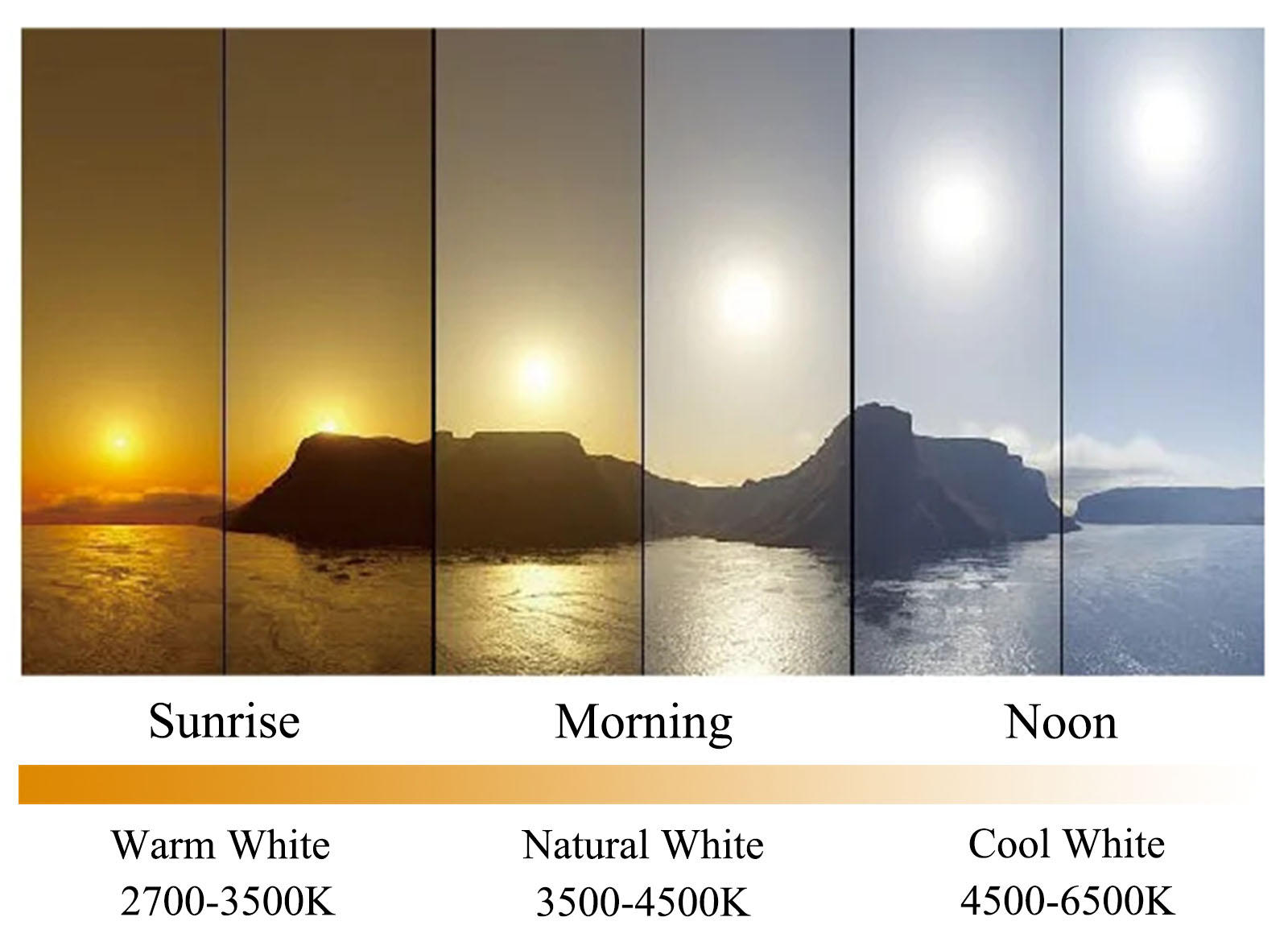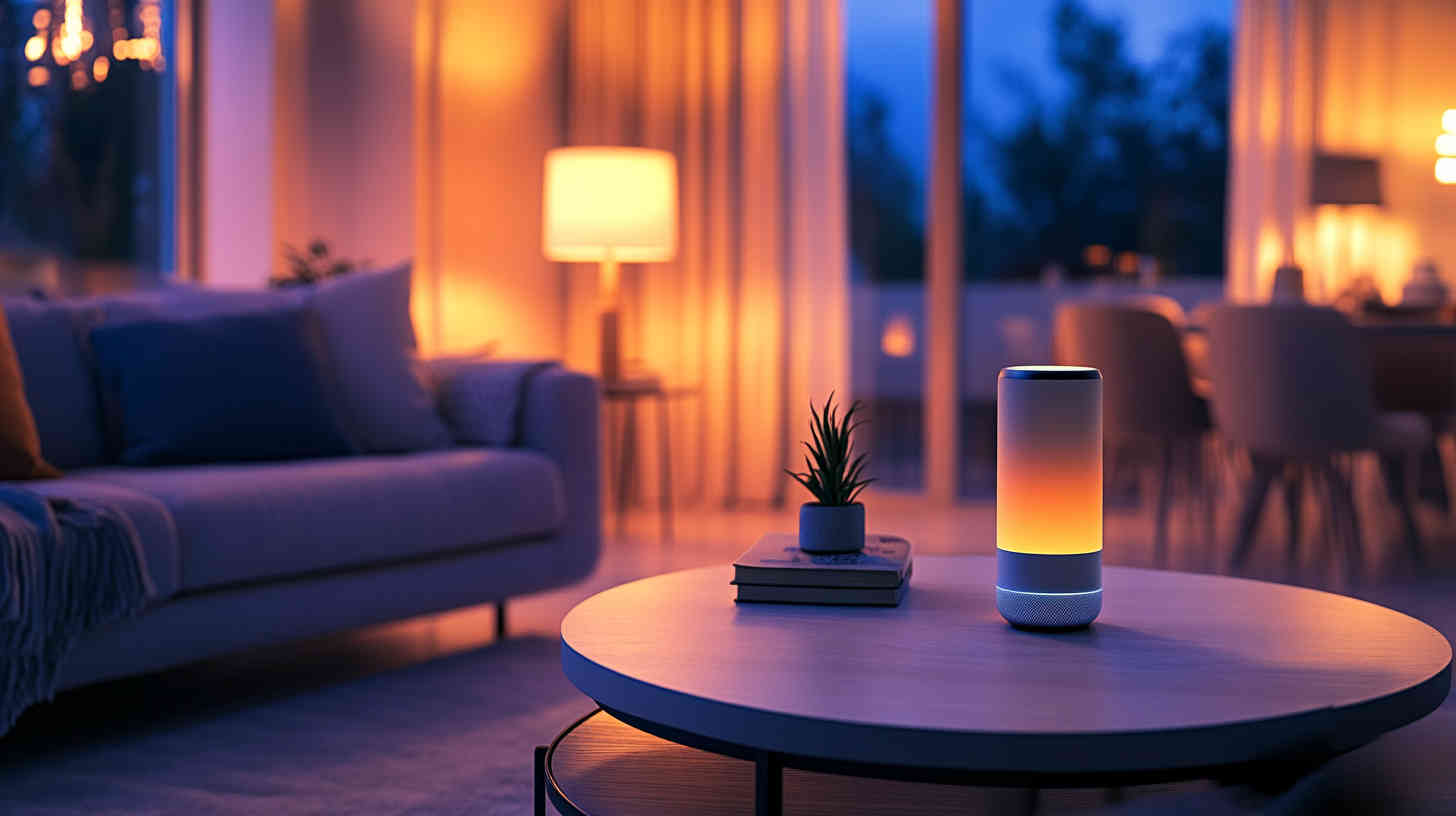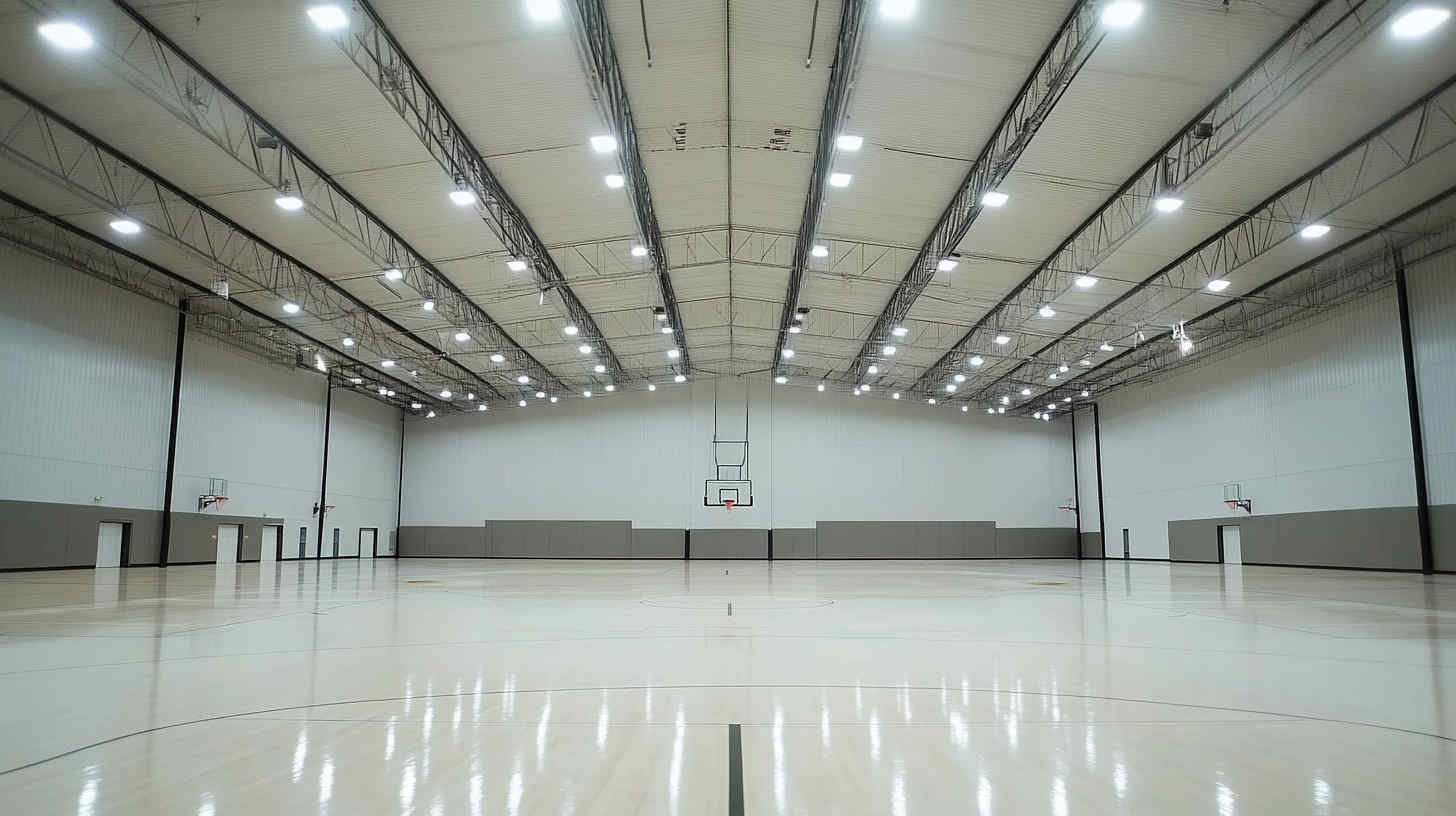Choosing the wrong light color can make spaces feel uninviting, affecting mood and productivity. Understanding Kelvin helps select the right lighting to enhance comfort and functionality.
Kelvin (K) measures the color temperature of light sources, indicating whether light appears warm or cool. Lower Kelvin values produce warmer, yellowish light, while higher values result in cooler, bluish light. This scale assists in selecting appropriate lighting for various settings.
Let’s explore how Kelvin influences lighting choices.
Table of Contents
What Is Kelvin in Lighting?
Kelvin (K) is the unit used to describe the color temperature of a light source. It tells you what the light will look like—whether it gives off a warm, soft glow or a cool, crisp tone. Unlike brightness, which is measured in lumens, Kelvin is all about the color appearance of the light.
Lower Kelvin values, like 2700K to 3000K, produce a warm, yellowish light similar to traditional incandescent bulbs. This type of lighting is ideal for cozy, relaxed spaces like living rooms, restaurants, or bedrooms where a softer atmosphere is desired.
Mid-range values, around 3500K to 4100K, offer a more neutral white light. These are often used in offices, retail spaces, or areas where clarity and focus are important but you still want a comfortable feel.
Higher Kelvin ratings, from 5000K to 6500K, create a bright, cool white or bluish light. This is commonly used in commercial, industrial, or outdoor settings where strong visibility and detail are needed—like warehouses, garages, or task lighting for precision work.
Understanding Kelvin helps you select the right lighting for your needs. Whether you’re setting a mood or boosting productivity, choosing the proper color temperature makes a noticeable difference in how a space feels and functions.

Light Color Temperature
What Does the K Number in Lighting Mean?
The ‘K’ number refers to Kelvin, indicating a light’s color temperature. Lower K values (e.g., 2700K) emit warm, cozy light, while higher K values (e.g., 5000K) produce cool, daylight-like illumination. Understanding these numbers aids in selecting lighting that aligns with desired ambiance and functionality.
How Is Kelvin Calculated?
Kelvin values are calculated by comparing the color of a light source to the glow of an ideal black-body radiator as it is heated. A black-body radiator is a theoretical object that emits light purely based on its temperature. As it heats up, the color of the light it emits changes—from red to orange, yellow, white, and finally bluish-white.
When scientists or engineers want to assign a Kelvin rating to a light source, they determine the temperature (measured in Kelvins) at which the glow of the black-body radiator visually matches the color of the light source. That temperature becomes the light’s color temperature.
For example:
– At around 2700K, the black-body glows with a warm yellow light—similar to incandescent bulbs.
– At 4000K, it emits a neutral white tone—used in many offices.
– At 6000K, the glow is bright and bluish—close to natural daylight or the kind of light used in industrial and outdoor settings.
This method provides a standardized way to describe how “warm” or “cool” a light appears. It’s not about actual heat but rather about the visual tone the light gives off. Understanding this helps people choose lighting that fits the mood and function of a space.

What Is the Difference Between Kelvin and Lumens in Lighting?
Kelvin measures the color temperature of light, indicating its hue, while lumens measure the brightness or intensity of light. A bulb with high lumens emits more light, regardless of its Kelvin value. Both metrics are essential for selecting lighting that meets both aesthetic and functional needs.
What Are 3000K, 4000K, 5000K, and 6000K?
These values represent specific color temperatures:
- 3000K: Warm white, offering a cozy and inviting atmosphere.
- 4000K: Neutral white, providing balanced, natural illumination.
- 5000K: Cool white, resembling daylight, enhancing alertness.
- 6000K: Daylight, emitting a crisp, bluish light.
Selecting the appropriate color temperature depends on the desired ambiance and the specific application.

How to Choose the Right Kelvin Color
Choosing the right Kelvin color temperature is all about matching the lighting to the mood and function of the space. Each Kelvin range creates a different atmosphere and supports specific activities more effectively. Here’s how to make the right choice:
- Warm light (2700K–3000K): This range produces a soft, yellowish glow that feels cozy and inviting. It’s perfect for spaces where relaxation is the goal, like living rooms, bedrooms, dining areas, or hospitality settings. Warm light helps create a calm, comfortable environment.
-
Neutral light (3500K–4500K): Offering a balanced white tone, this light works well in areas where clarity and comfort are both important. It’s commonly used in kitchens, offices, retail stores, and classrooms. Neutral light reduces eye strain and supports focus without feeling too harsh.
-
Cool light (5000K–6500K): This bright, bluish-white light resembles daylight. It enhances visibility and alertness, making it ideal for task-oriented spaces like garages, workshops, hospitals, and industrial facilities. Cool light helps people stay alert and productive in high-precision environments.
To get the best results, always align the Kelvin rating with the purpose of the room. This ensures the lighting supports the desired mood and helps people work or relax comfortably.

Applications of Warm White and Cool White
The color temperature of lighting has a big impact on how a space feels and functions. Warm white and cool white each have ideal uses based on the mood they create and the tasks being performed.
Warm White (2700K–3000K)
Warm white lighting gives off a soft, yellowish tone similar to traditional incandescent bulbs. It creates a cozy, relaxing environment and is most commonly used in places meant for comfort and rest. Typical applications include:
- Living rooms
- Bedrooms
- Dining areas
- Restaurants
- Hotel lobbies
- Coffee shops
This color temperature helps people feel at ease, making it ideal for spaces where you want to unwind or socialize in a calm setting.
Cool White (5000K–6500K)
Cool white lighting emits a bright, crisp tone that closely resembles natural daylight. It improves alertness and enhances visibility, which is why it’s widely used in more active or task-focused environments. Common applications include:
- Warehouses
- Garages
- Workshops
- Hospitals
- Classrooms
- Supermarkets
- Office buildings
- Industrial facilities
This type of light supports concentration and safety by making details more visible and reducing shadows.
Choosing between warm white and cool white depends on the environment’s purpose. Warm white is best for comfort and ambiance, while cool white is suited for clarity and productivity.

FAQs About Kelvin in Lighting
What does Kelvin mean in light?
Kelvin is a unit used to describe the color temperature of a light source. It indicates whether the light appears warm (yellowish) or cool (bluish), helping you choose the right lighting for different moods and tasks.
Is 3000 Kelvin warm or cool?
3000K is considered warm white. It produces a soft, yellow-toned light that’s comfortable and relaxing, making it ideal for residential areas like bedrooms and living rooms.
What is the Kelvin of lightning?
Natural lightning has a very high color temperature, typically above 30,000 Kelvin. This results in an intense, bluish-white light that resembles extremely bright daylight.
Is 6000K the same as 6000 lumens?
No, 6000K and 6000 lumens refer to completely different things. 6000K describes the color temperature of the light (cool and bluish), while 6000 lumens measure how much light is emitted (brightness level).
How many watts is 4000 Kelvin?
Kelvin and watts measure different aspects of lighting. Kelvin measures color temperature, while watts measure power consumption. A 4000K light can come in many wattage options depending on brightness needs.
What does 6000 lumens mean?
It means the light source produces 6000 lumens of brightness. The higher the lumen count, the more light is emitted. This level is bright enough for large spaces like workshops or garages.
What does 6000K mean on an LED bulb?
6000K refers to the bulb’s color temperature. It emits a bright, cool white light with a slight blue tint, similar to daylight. This is ideal for task lighting, garages, or commercial areas where visibility and clarity are important.

Conclusion
Understanding Kelvin in lighting empowers you to choose the right color temperature for any space, enhancing both aesthetics and functionality. If you have further questions or need assistance selecting the perfect lighting, feel free to contact us.





